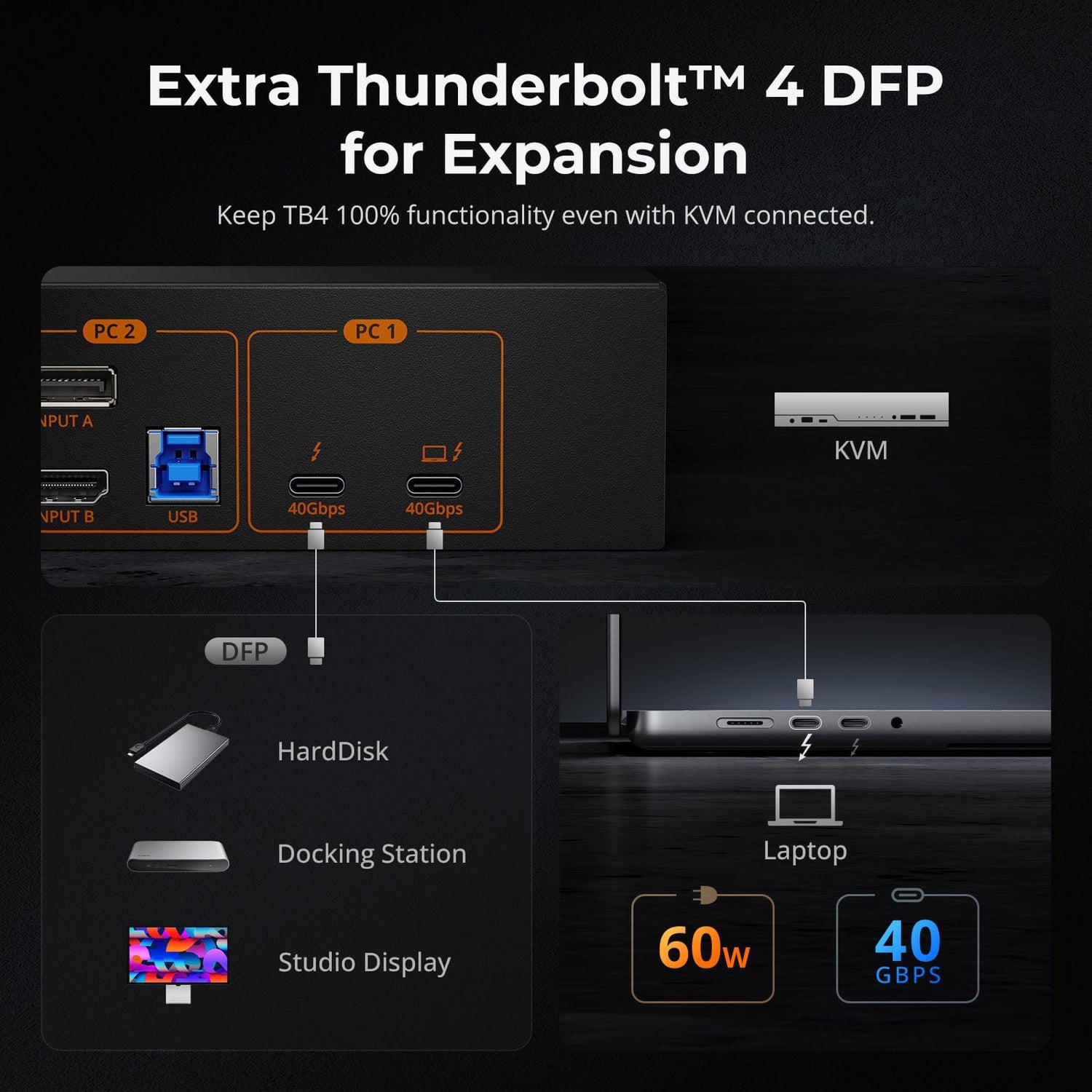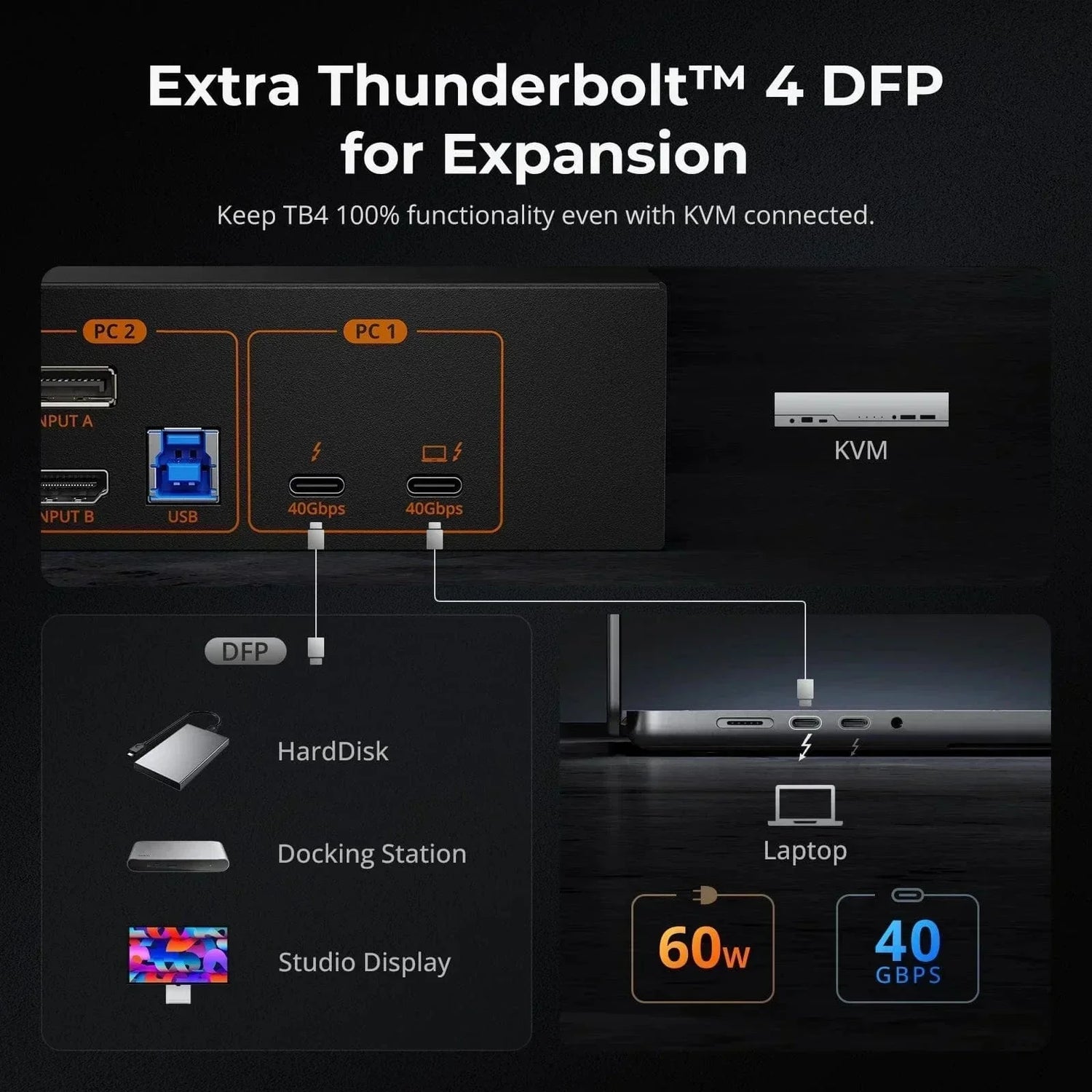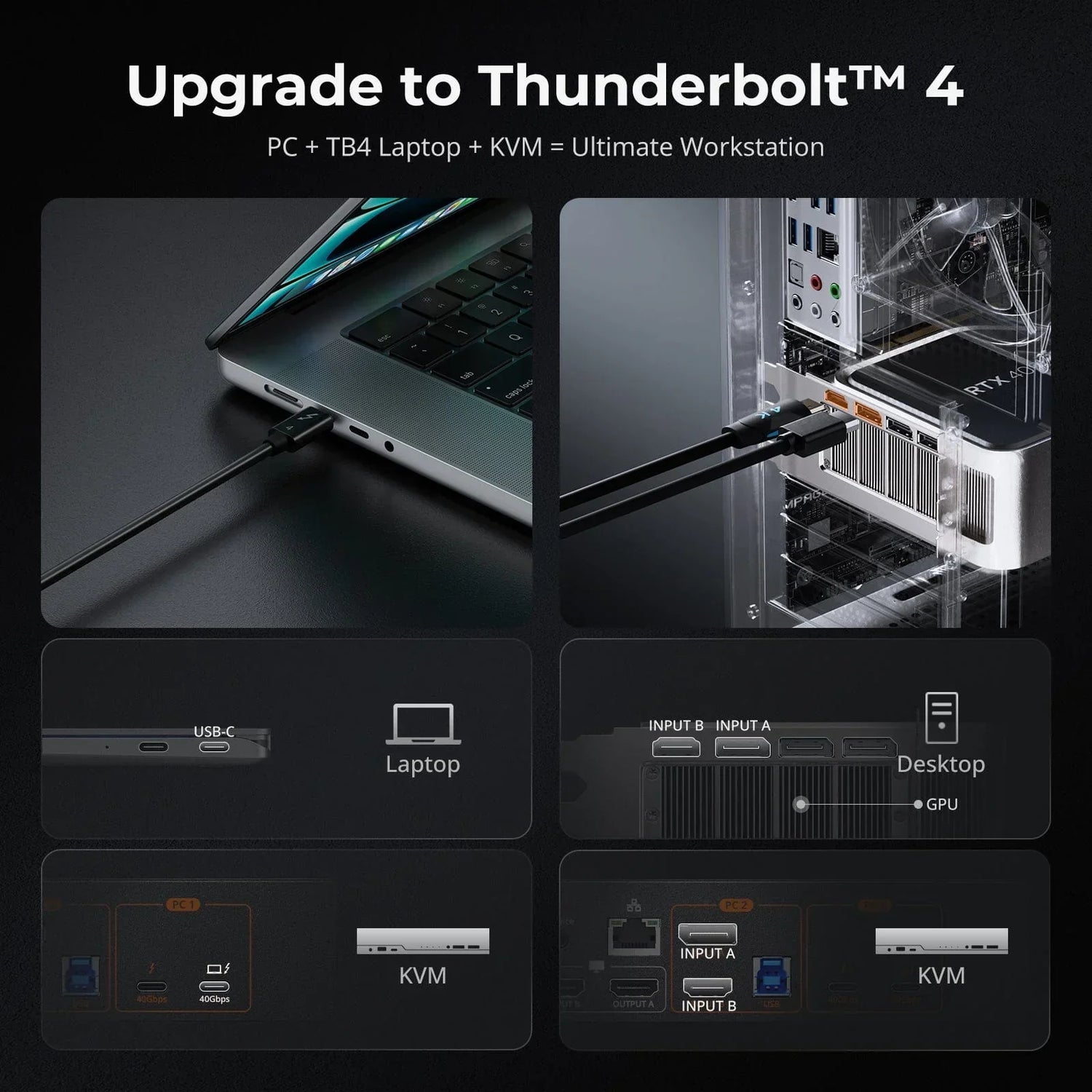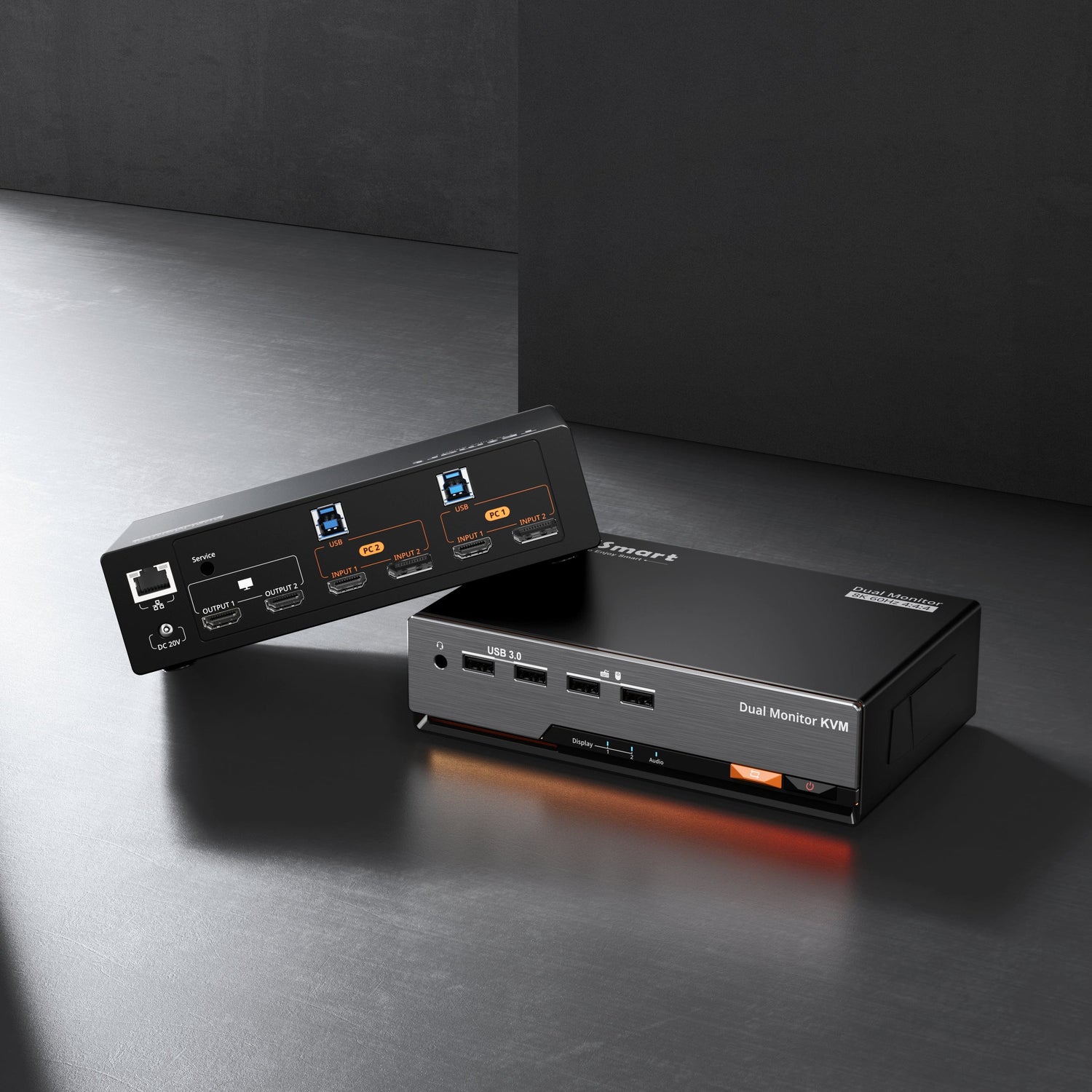As gaming technology advances, enthusiasts are constantly seeking ways to push the boundaries of visual fidelity and performance. One of the latest frontiers is gaming at 8K resolution, which offers an unparalleled level of detail and immersion. While 1080p has long been the standard for gaming and 4K has become increasingly popular for its stunning visual quality, 8K gaming is the next big thing, at least in theory. If you want to game at 8K, there are a few things you'll need to consider to make it work. In this guide, we'll dive into the essential components and configurations necessary to create a gaming rig capable of handling the immense demands of 8K gaming. From picking the right GPU and CPU to optimizing your display and storage, we'll cover everything you need to know to take your gaming experience beyond 1080p and 4K.
Games Supporting 8K
Before purchasing all the devices you need for 8K gaming, you first need to ensure that the games you plan to play actually support 8K resolution. Not all games are optimized for 8K, and you don't want to invest in expensive hardware only to find that your favorite titles can't take full advantage of it. Below is a list of games known to support 8K resolution:
For online games
- Fortnite
- Apex Legends
- Overwatch 2
- World of Warcraft
- Call of Duty: Warzone 2
For gaming consoles
You can refer to 8 Games that Take Advantage of an 8K Screen You Can Play Right Now.
While the list provided gives an idea of some games that support 8K resolution, it's worth noting that 8K gaming is a rapidly evolving landscape. Games like Cyberpunk 2077 have indeed been updated to support 8K, but the situation can vary from game to game.
Before jumping into 8K gaming, it's wise to double-check if your favorite games actually support this high resolution. You can do this by looking for official announcements from the game developers or publishers, checking recent patch notes, or simply asking around in gaming communities. By doing a bit of research upfront, you can ensure that you're fully prepared for the 8K gaming experience without any surprises along the way.
Hardware Required for Gaming at 8K
-
8K Monitors or TVs
For gaming at an 8K resolution, one of the most critical components is an 8K monitor or TV capable of displaying images at 7680 x 4320 pixels. Most 8K TVs or monitors support a range of advanced technologies to enhance the viewing experience. These include high dynamic range (HDR) for better contrast and colors, upscaling to make lower-resolution content look sharper, local dimming for deeper blacks, wide color gamut (WCG) for richer colors, variable refresh rate (VRR) for smoother gaming, HDMI 2.1 for high-resolution content, and smart TV capabilities for easy access to streaming services and apps.
Now several top brands are leading the charge in 8K technology with impressive models, such as Dell Ultra Sharp UP3218K and Apple Studio Display for monitors. and Samsung QN900D and 800D for TVs. These devices come with all the features mentioned earlier, ensuring a top-notch gaming experience.
*While some 8K displays support refresh rates of 60Hz or higher, many current models may be limited to 60Hz or lower, particularly when gaming at full 8K resolution. Factors like display panel type (e.g., OLED, LCD) and technology can also affect the achievable refresh rate.
-
Graphics Card (GPU)
For gaming at 8K, of course, you would need a very powerful graphics card capable of doing so. The most state-of-the-art graphics cards, like Nvidia GeForce RTX 4090 and AMD Radeon RX 7900 XTX, can run 8K games at 60 Hz with high dynamic range (HDR) and variable refresh rate (VRR), as specified in HDMI 2.1. But the actual experience depends on other factors, such as a robust CPU to avoid bottlenecks, effective cooling solutions to manage heat, ample RAM, etc.
-
Central Processing Unit (CPU)
Having a powerful processor is also crucial for pushing the limits of gaming technology and ensuring a seamless gaming experience at 8K resolution. The Intel Core i9 and AMD Ryzen 9 series processors are known for their impressive multitasking capabilities and high clock speeds, making them ideal choices for handling the intense processing demands of gaming at such high resolutions.
-
Random Access Memory (RAM)
Gaming at 8K resolution requires a lot of system resources, including RAM. While the exact amount can vary depending on the game and other factors, it's generally recommended to have at least 32GB of RAM for smooth performance. More RAM can help prevent slowdowns and ensure your system can handle the high-resolution textures and complex graphics associated with gaming at 8K. So, having a good amount of RAM, along with a powerful CPU and GPU, is key to enjoying games at this level of detail.
-
8K HDMI Cables
To fully take advantage of 8K gaming, you will need an HDMI 2.1 cable, which is often marketed as an 8K HDMI cable. HDMI 2.1 (8K HDMI cable) supports up to 48 Gbps bandwidth, which is necessary for 8K resolution at 60Hz or 4K resolution at 120Hz. HDMI 2.1 (8K HDMI cable) includes features like variable refresh rate (VRR), auto low latency mode (ALLM), and quick frame transport (QFT). These features reduce lag, tearing, and stuttering, providing a better gaming experience. HDMI 2.1 (8K HDMI cable) also supports high dynamic range (HDR) formats and eARC, which ensure superior color representation and contrast while delivering high-quality audio with advanced formats like Dolby Atmos.
Discover our top-tier 8K cable (HDMI 2.1) at TESmart, perfect for transmitting high-quality signals with all the latest features you need.
TESmart 8K HDMI Cable 8K@60Hz 4K@120Hz High-speed 48Gbps HDMI 2.1 Cable with ethernet , HDCP2.2——TESmart maximizes the performance of HDMI2.1 connections with its exclusive internal structure, high-purity oxygen-free copper conductors, and ultra-quiet insulation. These advanced features improve sound and video quality while supporting the 48Gbps data rate required for the most demanding new generation applications, including 8K, HDR, eARC, 48Gbps, HDCP2.3, etc.

-
Cooling Solutions
Having powerful parts in your system is great, but it's important to keep them cool to avoid overheating. You need a good cooling setup, including coolers for your CPU and GPU, along with fans in your computer case.
When choosing coolers for your GPU and CPU, consider the ones that efficiently dissipate heat and work with your specific components. For CPUs, look into air coolers with large heatsinks and heat pipes, or consider closed-loop liquid coolers for better performance and looks. Likewise, explore aftermarket air coolers or liquid cooling solutions for GPUs to keep temperatures in check and possibly reduce noise. Make sure the coolers fit your CPU and GPU models, case size, and airflow setup.
-
Power Supply Unit (PSU)
When setting up an 8K gaming system, you need to pick a strong power supply that can handle everything. That means considering not just the powerful GPU and CPU but also all the other parts like storage drives, cooling systems, and peripherals. With all these factors in mind, it's smart to go for a 1200-watt power supply. This ensures there's enough power for everything to run smoothly, even if you decide to overclock or add more components later on.
TESmart 8K KVM Switch for Gaming at 8K
If you have all the right setup to game at 8K and have multiple PCs and monitors, you definitely need a KVM switch to avoid the hassle of constantly plugging and unplugging cables to switch between devices. TESmart HKS401-M23 8K KVM switch is the perfect solution, allowing you to connect up to four input sources and seamlessly switch to one output source. With support for resolutions up to 8K (4320p)@60Hz and backward compatibility with 4K (2160p)@60Hz/120Hz/144Hz, you can enjoy ultra-high-definition content without compromising on quality. The built-in ADI chip ensures stable performance and fast signal switching, making it ideal for both professional setups and gaming enthusiasts.
It also features Dynamic HDR, HDR10+, Dolby Vision, VRR, FVA, and ALLM to minimize screen tearing, stuttering, and input lag for a smoother gaming experience. Additionally, the built-in USB 3.0 hub enables sharing of peripherals like 4K webcams and game controllers between two PCs or consoles, with a front panel USB 3.0 port providing 7.5W charging. Experience seamless switching with zero delay, ensuring immediate availability of all connected devices and a flawless user experience.
Conclusion
Gaming at 8K resolution demands top-tier hardware, including high-resolution monitors or TVs, powerful graphics cards, efficient cooling systems, and high-speed cables. It's crucial to ensure game compatibility and consider the investment carefully.
Looking ahead, the future of 8K gaming holds promise as technology continues to advance. However, it's essential to balance the cost with the benefits and consider your needs before diving into this high-resolution gaming experience.
While gaming at 8K offers incredible detail and immersion, it's important to make informed decisions and invest wisely to fully enjoy the experience.










